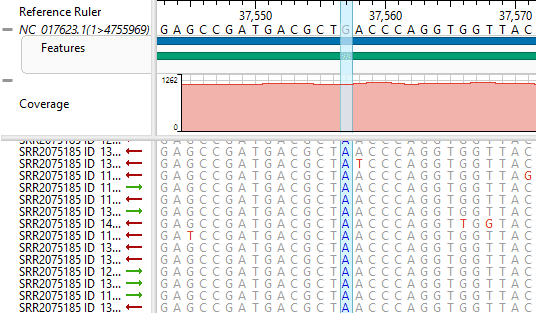I have a couple of fasta files I want to combine, two and two. They're >1 GB so reading them in R is too time consuming. I'm running a Mac on which I can't get Biopython to work and I don't find any tool for this specific purpose on Galaxy.
Does anybody have any suggestion/solution for my problem?
Does anybody have any suggestion/solution for my problem?


Comment